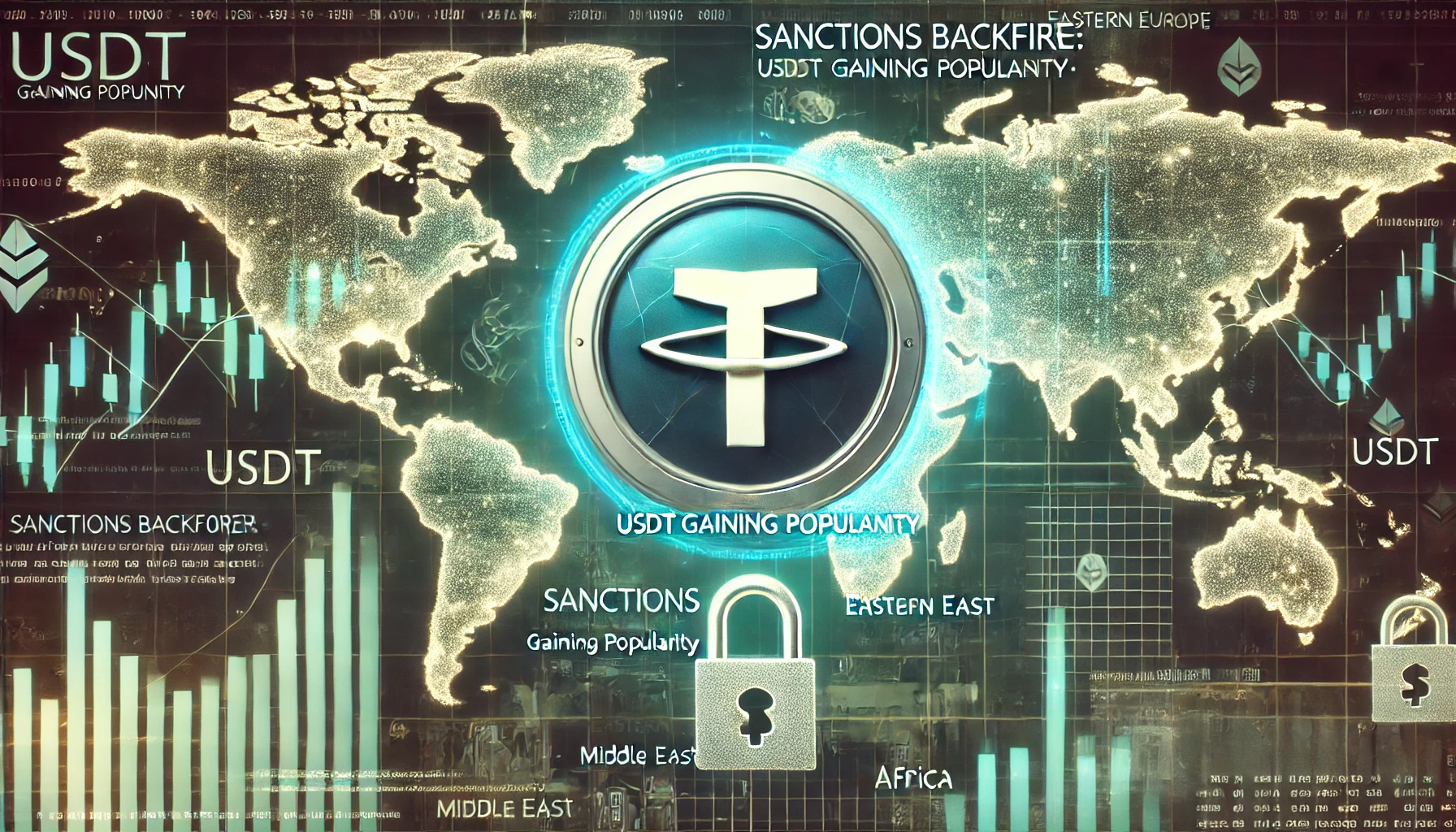The world’s largest stablecoin, USDT, is seeing increasing usage in regions facing international sanctions. According to a Bloomberg report based on Chainalysis data, USDT adoption is on the rise across major cities in Eastern Europe, the Middle East, and Africa, including countries under sanctions such as Russia and Iran.
Surge in USDT Usage Patterns
Between January 1 and October 8 of this year, digital wallets containing USDT saw a noticeable uptick in activity. Cities like Moscow, Tehran, Kigali, and Istanbul reported higher usage, particularly during late morning and early afternoon hours. This trend hints at the possibility of USDT becoming more widely adopted in these regions.
However, crypto analysis firms caution that this increase in USDT usage may not necessarily be driven solely by sanctions. A spokesperson pointed out that crypto wallets can be used worldwide at any time, so it’s not accurate to attribute this entirely to sanctions.

Tether Responds to Allegations
Tether CEO Paolo Ardoino addressed the situation, stating, “At Tether, we regularly cooperate with law enforcement to prevent misuse of USDT. If there were an investigation as claimed in the article, we would have been contacted, so we confirm these allegations are unfounded.” Ardoino emphasized Tether’s ongoing commitment to transparency and compliance.
This response follows reports that U.S. regulators are allegedly investigating Tether for potential violations of anti-money laundering and sanction laws, possibly considering sanctions against Tether due to USDT’s growing use among sanctioned entities.
The rise in USDT usage in these regions has garnered attention from market analysts, who are evaluating the potential impact on the crypto market. While there are indications of increased usage in sanctioned countries, it remains uncertain if this represents a definitive adoption trend. Future developments may influence the actions of both regulatory bodies and users.
USDT, stablecoin, Tether, sanctions, crypto market









